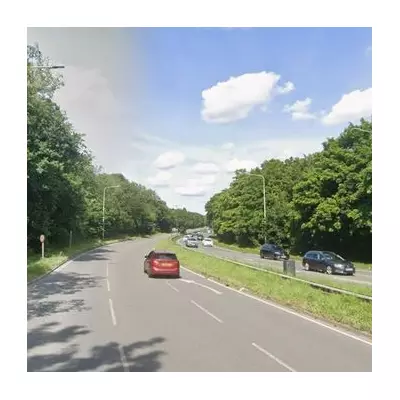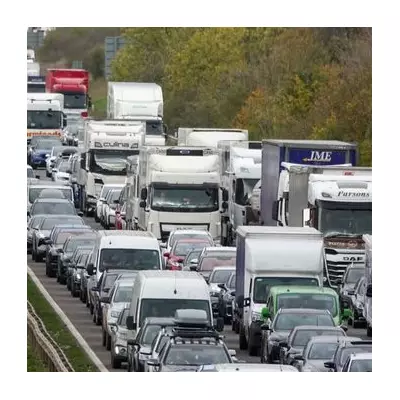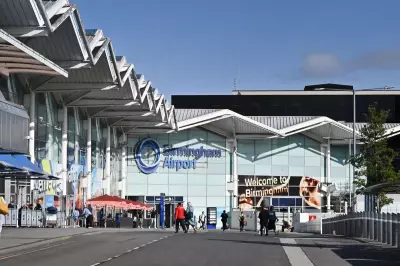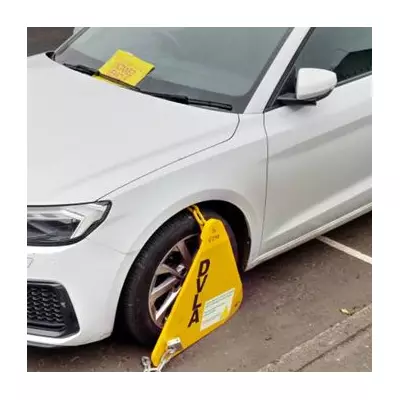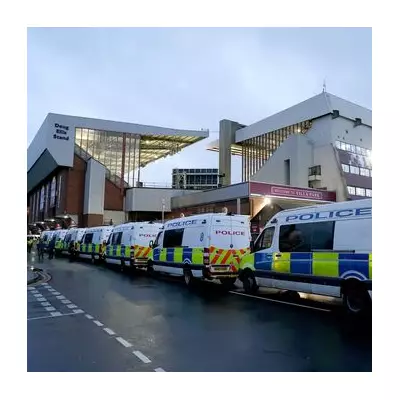
British drivers are facing a significant shake-up in speed limit enforcement that could see motorists hit with £1,000 fines for even minor infractions. New regulations are transforming how speed limits are monitored and enforced across the country.
The End of Speed Tolerance?
For decades, many drivers have operated under the assumption that speed limits included a small buffer zone, typically allowing drivers to exceed limits by around 10% plus 2mph without facing penalties. However, this unofficial tolerance is rapidly disappearing as authorities crack down on speeding.
The most dramatic change comes from the implementation of average speed cameras that monitor vehicle speeds over extended distances rather than at single points. These sophisticated systems calculate your average speed between multiple cameras, making it impossible to slow down briefly before speed traps.
Where Zero Tolerance Rules Apply
Several areas across the UK have already adopted stricter enforcement policies:
- 20mph zones: Many residential areas and city centres now enforce 20mph limits with zero tolerance
- Average speed camera networks: Major roadworks and high-risk areas increasingly use these systems
- School zones: Areas around schools often have reduced tolerance during operational hours
- High-risk roads: Routes with poor safety records may see stricter enforcement
Understanding the Penalty Structure
The financial consequences of speeding have never been more severe. The standard penalty structure includes:
- Band A: For minor exceedances - typically 3 points and £100 fine
- Band B: Moderate speeding - 4-6 points or 7-28 day ban plus larger fine
- Band C: Serious offences - 6 points or 7-56 day ban plus up to £1,000 fine (£2,500 on motorways)
How Average Speed Cameras Are Changing the Game
Unlike traditional fixed-point cameras, average speed camera systems use automatic number plate recognition (ANPR) technology to track vehicles between multiple camera points. This means:
- You can't simply slow down for known camera locations
- Your overall journey speed is monitored across longer distances
- The systems operate 24/7 in all weather conditions
- They're increasingly used on A-roads and motorways
What This Means for UK Drivers
The message from authorities is clear: speed limits are exactly that - limits, not targets. The gradual elimination of tolerance buffers means drivers need to be more vigilant than ever about their speed.
"The best advice for drivers is simple," says a road safety expert. "Treat the number on the sign as your absolute maximum speed, not a suggestion. With modern camera technology, there's increasingly little room for error."
As these changes roll out nationwide, drivers would be wise to reconsider their approach to speed limits or face potentially serious financial and licensing consequences.

